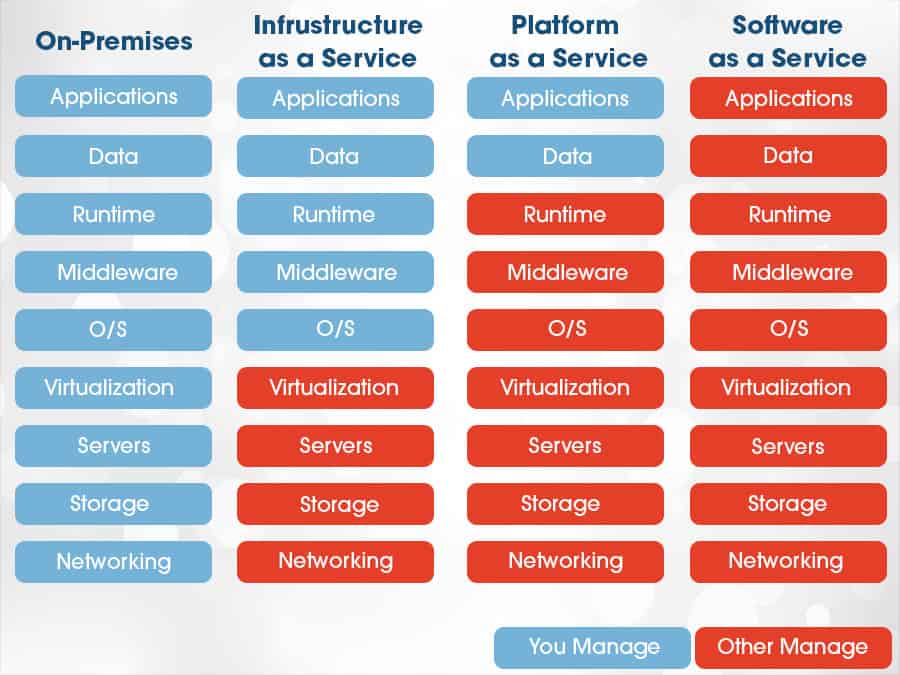Newest Cloud Services Press Release: Advancements and Sector Updates
Newest Cloud Services Press Release: Advancements and Sector Updates
Blog Article
Achieve Seamless Scalability With Cloud Provider
In the ever-evolving landscape of cloud solutions, accomplishing smooth scalability stands as a keystone for modern-day services looking for to stay adaptable and competitive. The pursuit for smooth scalability with cloud solutions reveals a world of opportunities for those eager to embrace the transformative power of dynamic source administration.
Benefits of Cloud Scalability
Cloud scalability offers companies the flexibility to dynamically readjust resources based on demand, making sure optimal efficiency and cost efficiency. One vital advantage is the capacity to range resources up or down swiftly in response to rising and fall work. This agility makes it possible for organizations to meet altering client needs without over-provisioning sources, inevitably bring about cost financial savings. Scalability also improves efficiency by making sure that systems can deal with boosted traffic or workload without experiencing downtime or downturns. By efficiently designating resources, organizations can maintain high levels of performance throughout peak times without unneeded costs throughout quieter periods. In addition, cloud scalability promotes technology and testing by permitting organizations to conveniently evaluate brand-new concepts and scale them as needed. This versatility encourages a society of continuous improvement and adjustment, allowing organizations to remain competitive in a quickly advancing market landscape. Eventually, the advantages of cloud scalability extend past expense financial savings to incorporate enhanced performance, dexterity, and advancement.
Key Attributes for Scaling
Effective scaling in cloud solutions relies on crucial functions that make it possible for companies to change sources dynamically based on need. One crucial feature for scaling is elasticity, enabling sources to scale up or down in feedback to varying workloads. This ensures that companies can meet performance needs without over-provisioning sources. One more key feature is scalability, making it possible for systems to handle enhanced workload by adding resources flawlessly. This attribute is important for suiting growth without compromising efficiency. In addition, automation plays a crucial duty in scaling by automating the provisioning and de-provisioning of resources based upon predefined policies. Automation reduces human intervention, boosts effectiveness, and ensures rapid reaction to transforming needs. Tracking and analytics devices are also important for scaling, offering insights right into source utilization, efficiency metrics, and prospective bottlenecks. These tools allow companies to make informed decisions and maximize source allotment for effective scaling. On the whole, these vital functions jointly equip organizations to attain seamless scalability in cloud solutions.
Implementing Auto-Scaling Methods
To efficiently enhance resource allowance and adjust to varying workloads, organizations must strategically carry out auto-scaling methods in their cloud solutions framework. Auto-scaling allows systems to automatically readjust the variety of compute resources based on real-time need. There are various auto-scaling approaches that companies can utilize, such as anticipating scaling, which utilizes historical data to anticipate future source demands, and reactive scaling, which responds to present workload adjustments.

Ideal Practices for Scalability
For organizations aiming to enhance their scalability in cloud services, executing ideal methods is critical for optimum performance and resource management. One key best practice is developing applications with a microservices architecture. This approach breaks down applications right into smaller, independent services that can be deployed, upgraded, and scaled independently, enabling for higher adaptability and scalability.
One more important practice is making use of containerization innovation, such as Docker or Kubernetes. Containers make it possible for the product packaging of applications and their reliances into separated systems, making it easier to scale parts individually and release them constantly across different settings.
Furthermore, implementing automated implementation and framework as code (IaC) can simplify scalability efforts (linkdaddy cloud services). Automation devices like Terraform or Ansible help in provisioning and taking care of sources efficiently, reducing hand-operated errors and enabling fast scalability
Moreover, keeping an eye on efficiency metrics, establishing up alerts, and carrying out normal capability planning are crucial practices to make certain aggressive scalability monitoring. By adhering to these finest methods, organizations can attain seamless scalability in their cloud services while maximizing performance and source usage.
Monitoring Performance Metrics
When assessing the performance of cloud solutions scalability, carefully keeping track of performance metrics is important for making certain optimum capability and source allocation. By continuously tracking essential efficiency signs (KPIs) such as action times, throughput, resource, and latency use, companies can gain valuable insights into the wellness and efficiency of their cloud infrastructure. Keeping an eye on performance metrics enables the very early discovery of prospective bottlenecks or issues that could influence scalability, making it possible for positive actions to be required to address them prior to they intensify.

Conclusion
To conclude, achieving seamless scalability with cloud services is essential for companies to maximize efficiency, improve innovation, and preserve high performance levels throughout peak times. By leveraging the advantages of cloud scalability, executing auto-scaling techniques, using essential attributes such as flexibility and automation, and complying with ideal techniques like application layout and performance tracking, businesses can successfully scale their systems while making the most of resource application and performance.
The pursuit for smooth scalability with cloud solutions reveals a globe of opportunities for those willing to embrace the transformative power of dynamic resource management.
Cloud scalability supplies organizations the adaptability to dynamically readjust resources based on demand, making certain optimum performance and expense efficiency. Another key feature is scalability, making it possible for systems to deal with increased workload by including sources flawlessly.For companies aiming to enhance their scalability in cloud services, carrying out best methods is vital for optimum efficiency and resource administration.When assessing the performance of cloud services scalability, closely checking performance metrics is crucial for making sure ideal functionality and resource allocation.
Report this page